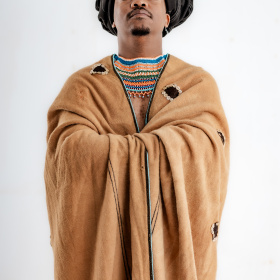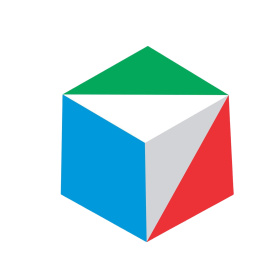Rabat Archaeological Museum
Bio
Rabat Archaeological Museum (Musée Archéologique) is an archaeological museum in Rabat, Morocco. Opened in 1932, it contains the most extensive collection of archaeological artifacts found in Morocco. It contains prehistoric and pre-Islamic collections including an extensive collection of objects uncovered by archaeologists working in Volubilis, Banasa and Thamusida, and were first put on display in 1930-1932. This includes human remains from the middle palaeolithic period (probably Neanderthals) to the neolithic (4000 BC).
A further find in 1957 saw the museum expand considerably, after which it became a National Museum and it has housed the National Museum collections since 1986. Pre-Roman and Roman civilisations are well represented in the museum with a number of notable Hellenistic-style bronzes such as the Dog of Volubilis, and the marble 'Ephebe Crowned With Ivy and Head of a Young Berber.
On the ground floor of the museum is an extensive collection of music instruments and stone artifacts from prehistoric cultures. On display are a number of tools, arrows, axes, swords, items of pottery, altars and sarcophagi and polished stones and stelae carved with inscriptions. The floor also has a number of tomb fragments and rock carvings. It covers Acheulian culture from sites such as Sidi Abderrahmane and Daya el-Hamra, Pebble culture from sites such as Arboua, Douar Doum and Casablanca, and Mousterian and Aterian cultures dating back to 4000 BC.













